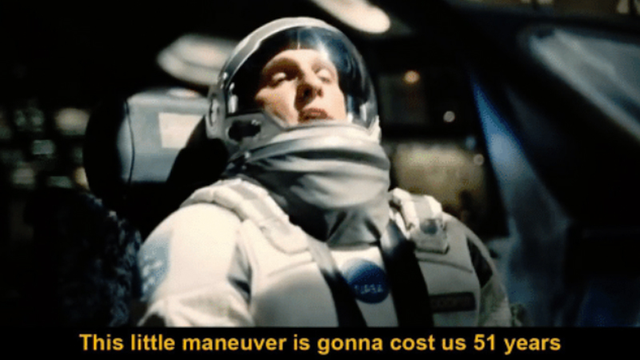Long thread ahead about training a classifier of "good/batch matches" for #Diaphora.
So, the whole idea that I have been working on for quite some time already to try to, somehow, improve matching in Diaphora is the following: Train a model to better determine if a pair of functions in two binaries (ie, a match between a function A in binary X, and function B in binary Y) is correct or not.


